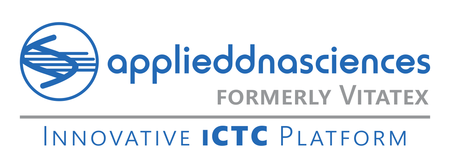Cam Technology
How It Works
Our iCTC platform employs simple devices that recover much higher numbers of iCTCs than current methods.
The CAM methodology enriches metastasis-initiating tumor cells one million-fold from blood. The cells are captured alive and can be readily cultured, sorted and counted by flow cytometry and microscopy, and analyzed for drug sensitivity or specific mutations and gene expression.

Using multiple labels allows accurate identification of iCTCs as positive for CAM, epithelial markers (Epi), nucleic acid (NA) and negative for hematopoietic lineage (HL) markers. Identification of iCTCs can be made by image microscopy and enumeration of iCTCs by flow cytometry as shown in the two panels below.

Using multiple labels allows accurate identification of iCTCs as positive for CAM, tumor progenitor markers Seprase and CD44 (TP), nucleic acid (NA) and negative for hematopoietic lineage (HL) markers. Identification of iCTCs can be made by image microscopy and enumeration of iCTCs by flow cytometry as shown in the two panels below.

Typically, identification of iCTC clusters can be made by image microscopy as shown in the panels below.

Typically, enumeration of iCTCs followed by imaging microscopy followed by flow cytometry, is comparable as shown in the panels below.

Typically, enumeration of iCTCs in venous blood of patients before and after first-line treatment that were captured using Vita-Assay™ followed by flow cytometry, is significantly different as shown in the panels below.

